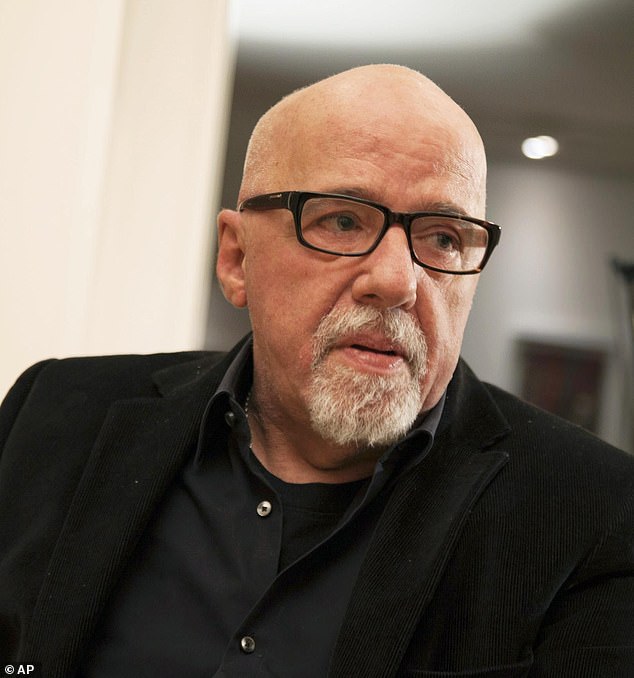
Unveiling Death’s Mystery: Science, Theology, and Arts Confront Humanity’s Chilling Eternal Question
What Happens When We Die? Insights from Leading Minds
The age-old question of what happens after death has intrigued humanity for centuries. Chris Langan, a U.S. horse rancher dubbed the “smartest man alive” (IQ 210), recently proposed that death transitions us to a computational reality via his Cognitive-Theoretic Model of the Universe. As Easter prompts reflection on life and beyond, we explore diverse perspectives from thinkers across science, theology, and the arts.
Paulo Coelho: Embracing Death as a Companion
[Image: Brazilian author Paulo Coelho]
The Alchemist author recounts how a simulated burial during Spain’s Camino de Santiago pilgrimage erased his fear of death. He now views it as a “daily companion,” urging people to live fully: “Never leave for tomorrow what you can do today—joys, apologies, or savoring the present.” Near-death encounters, like a 1974 kidnapping in Rio, reinforced his belief in life’s fragility and the importance of gratitude.
Uri Geller: Energy Never Dies
[Image: World-renowned mystifier Uri Geller]
The illusionist cites Einstein’s E=mc² to argue that energy—like the soul—cannot be destroyed. He envisions an afterlife where we reunite with loved ones and pets, guided by a non-anthropomorphic “Creator.” Geller points to near-death experiences’ common imagery (bright lights, peace) as evidence of another dimension awaiting us.
Carlo Rovelli: Life’s Beauty in Its Finiteness
[Image: Italian physicist Carlo Rovelli]
The physicist dismisses afterlife notions as naive. “The only afterlife is in others’ memories,” he states, attributing fear of death to humanity’s unique foresight. He urges focusing on improving earthly life rather than mythical “elsewheres,” warning that belief in eternity can fuel destructive behavior.
Elif Shafak: The Brain’s Final Moments
[Image: Turkish-British author Elif Shafak]
Her novel 10 Minutes 38 Seconds… explores consciousness lingering post-death, inspired by studies showing brain activity minutes after clinical death. Shafak ponders whether the mind revisits life’s highs and lows during this window, asserting that humans transcend mere biology: “We are more than organs and tissue.”
Dr. Rupert Sheldrake: Eternal Dreaming
[Image: Biologist Dr. Rupert Sheldrake]
The biologist speculates that death traps us in a “dream world” using our “dream body,” shaped by memories and beliefs. He likens this to nightly dreams but without awakening. Prayers from the living, he argues, might guide this transition toward mystical unity with reality.
Lord Sumption: Embracing Extinction
[Image: Former Supreme Court judge Lord Sumption]
The self-described unorthodox Christian rejects an afterlife outright: “What happens after death? Extinction. I’m rather relieved.”
Rabbi Dr. Jonathan Romain: A Drop in the Cosmic Ocean
[Image: Rabbi Dr. Jonathan Romain]
Judaism’s vague afterlife, he explains, is akin to a raindrop merging into a puddle—losing individuality but returning to a universal source. He advises focusing on the present: “Make the best of this world.”
Libby Purves: Mystery and Metaphor
[Image: Journalist Libby Purves]
Raised Catholic, Purves recalls C.S. Lewis’s idea of afterlife reflecting one’s life choices. She cherishes moments—feathers, robins—as poetic comfort: “Denying such metaphors robs life of beauty.”
In death’s shadow, these thinkers remind us to seek meaning in mortality—whether through science, faith, or wonder.
(Approx. 600 words)


